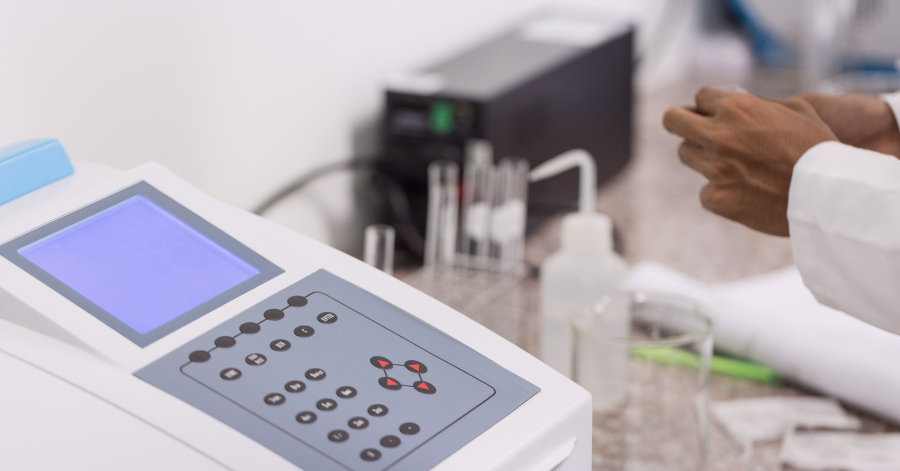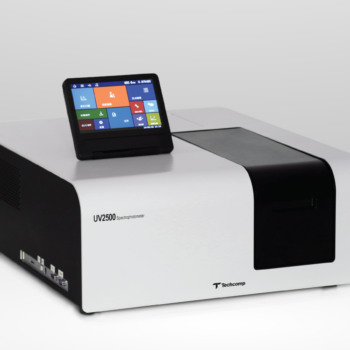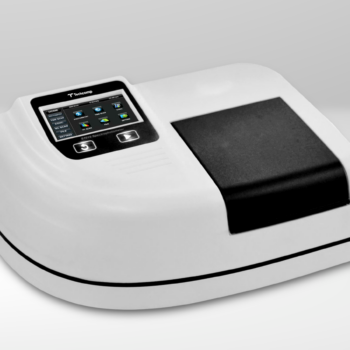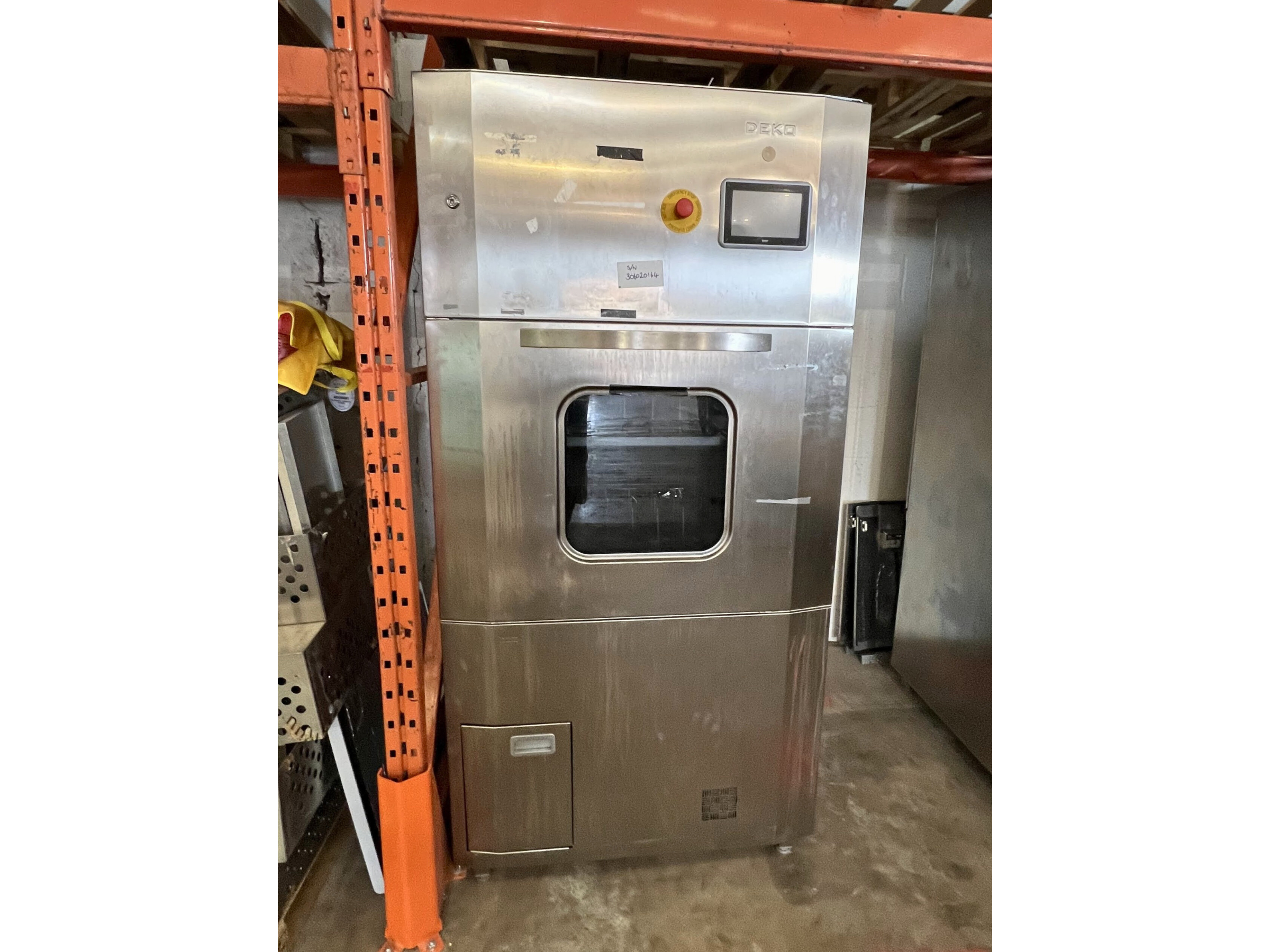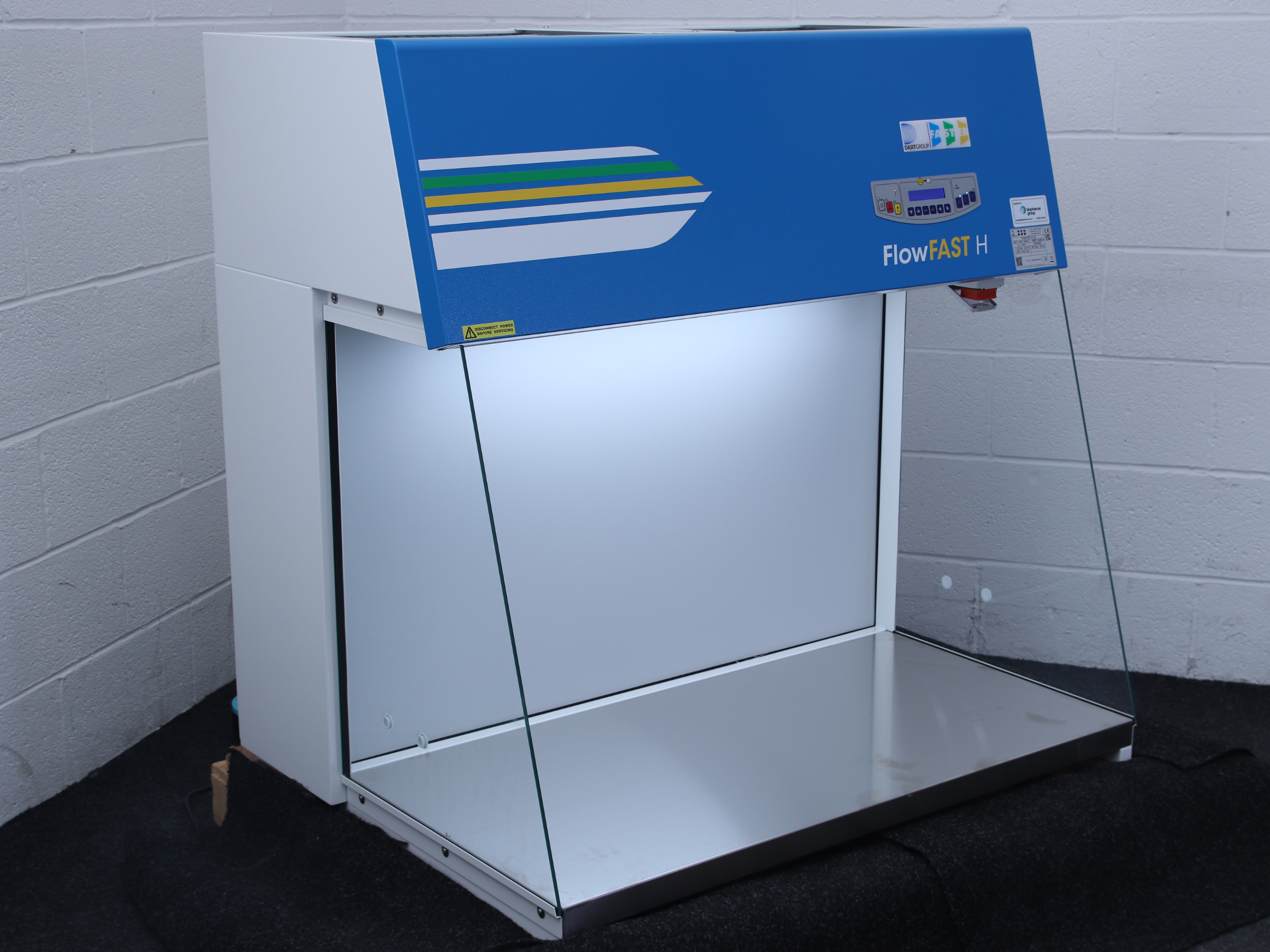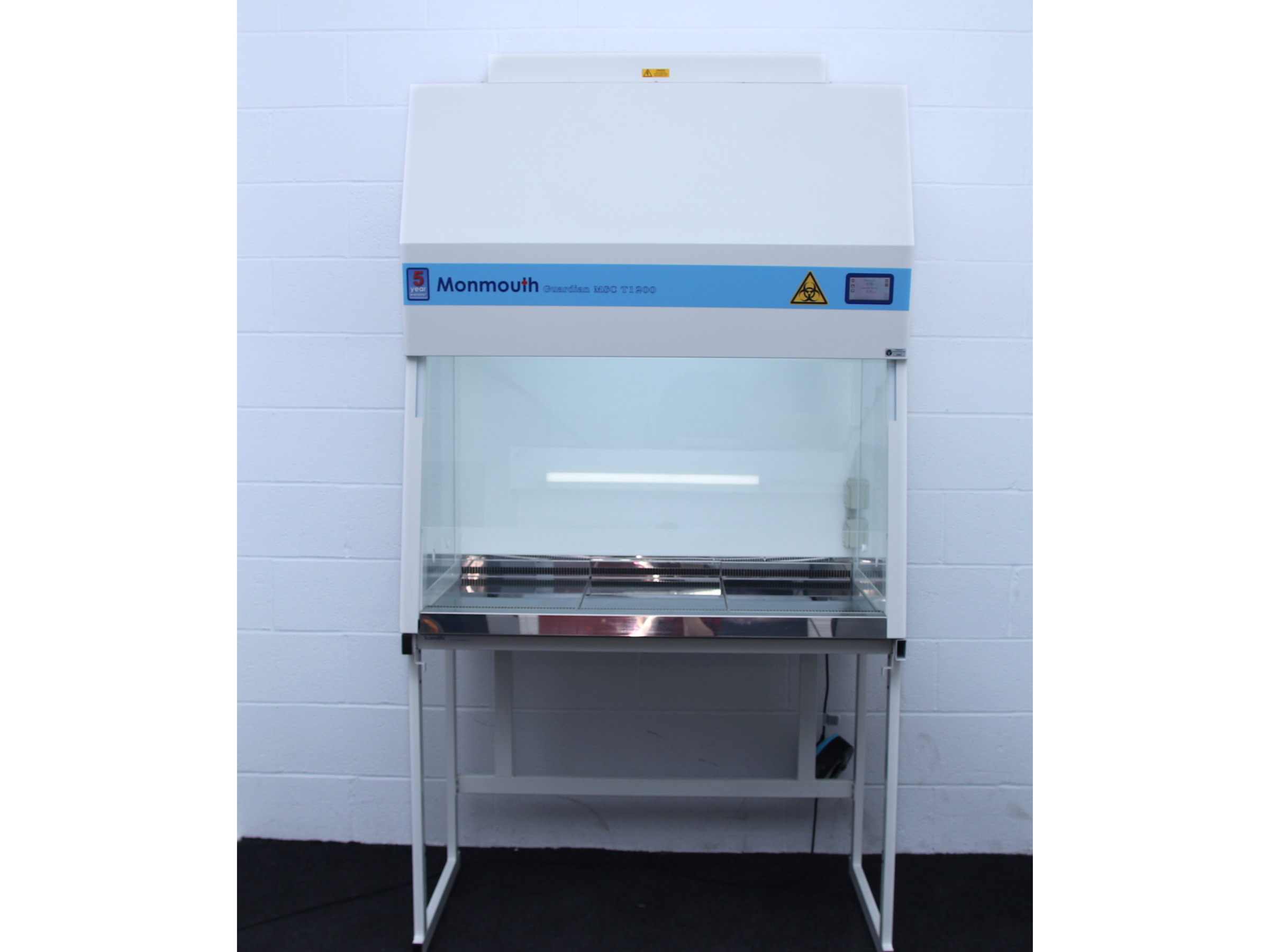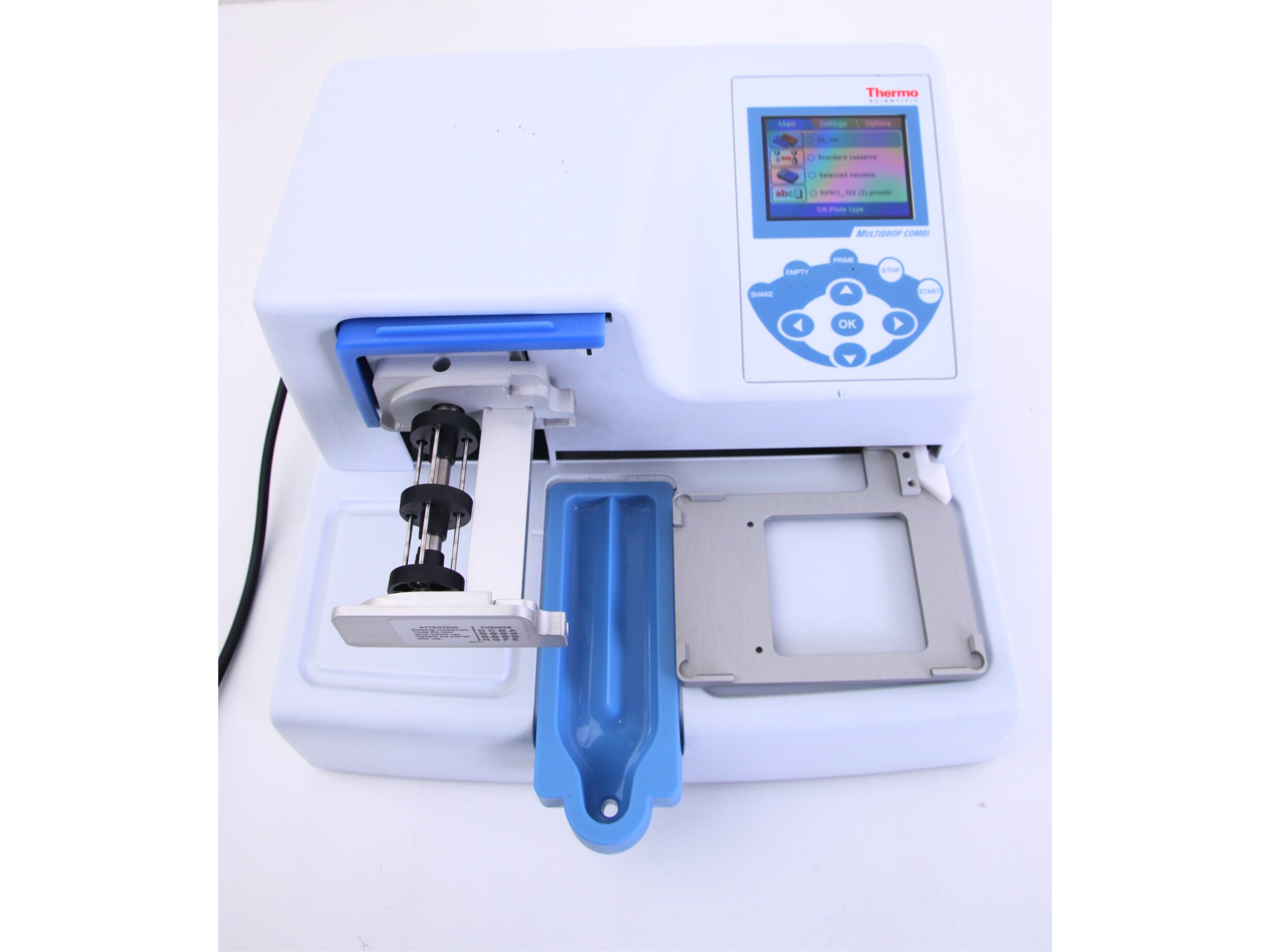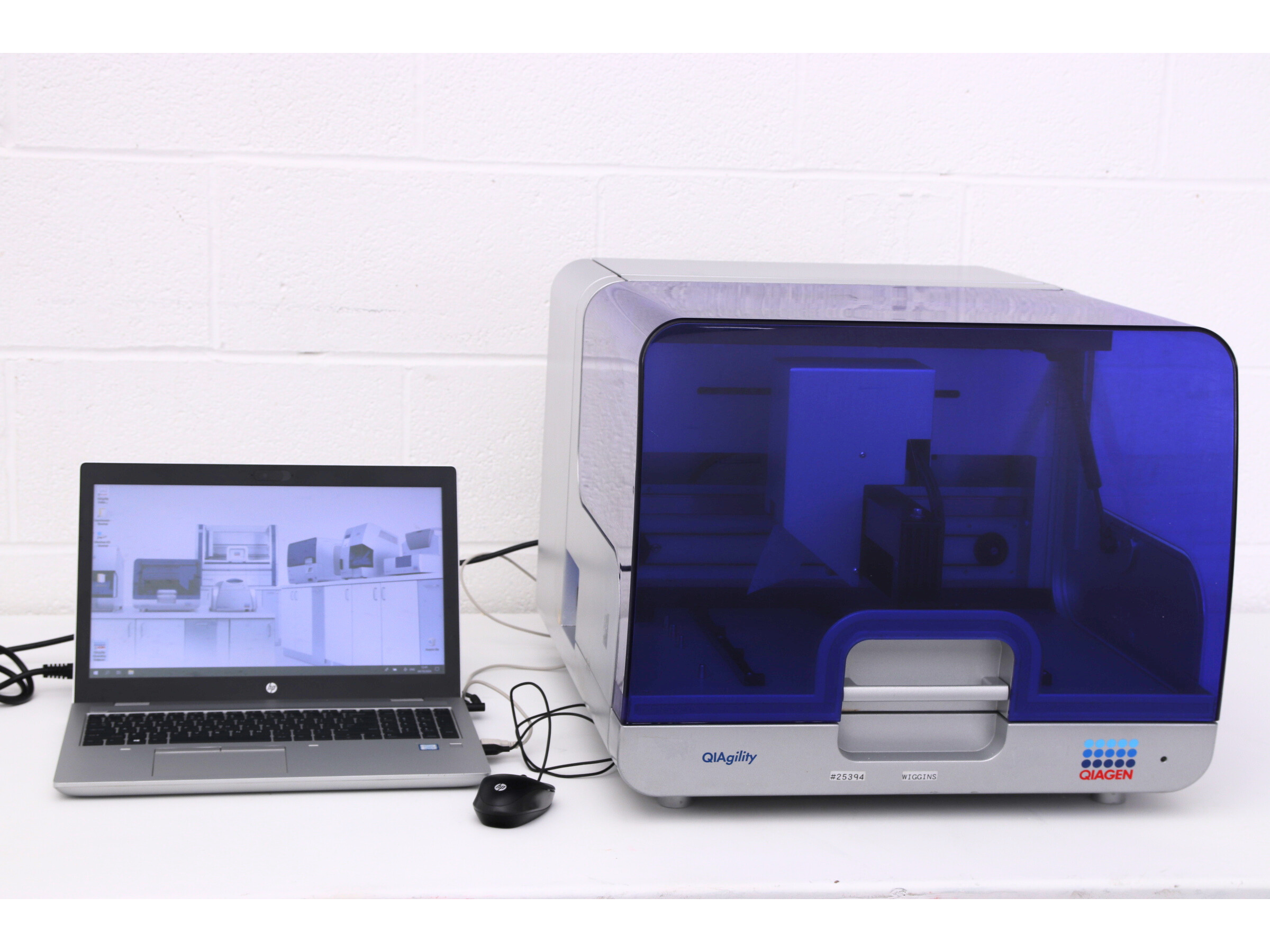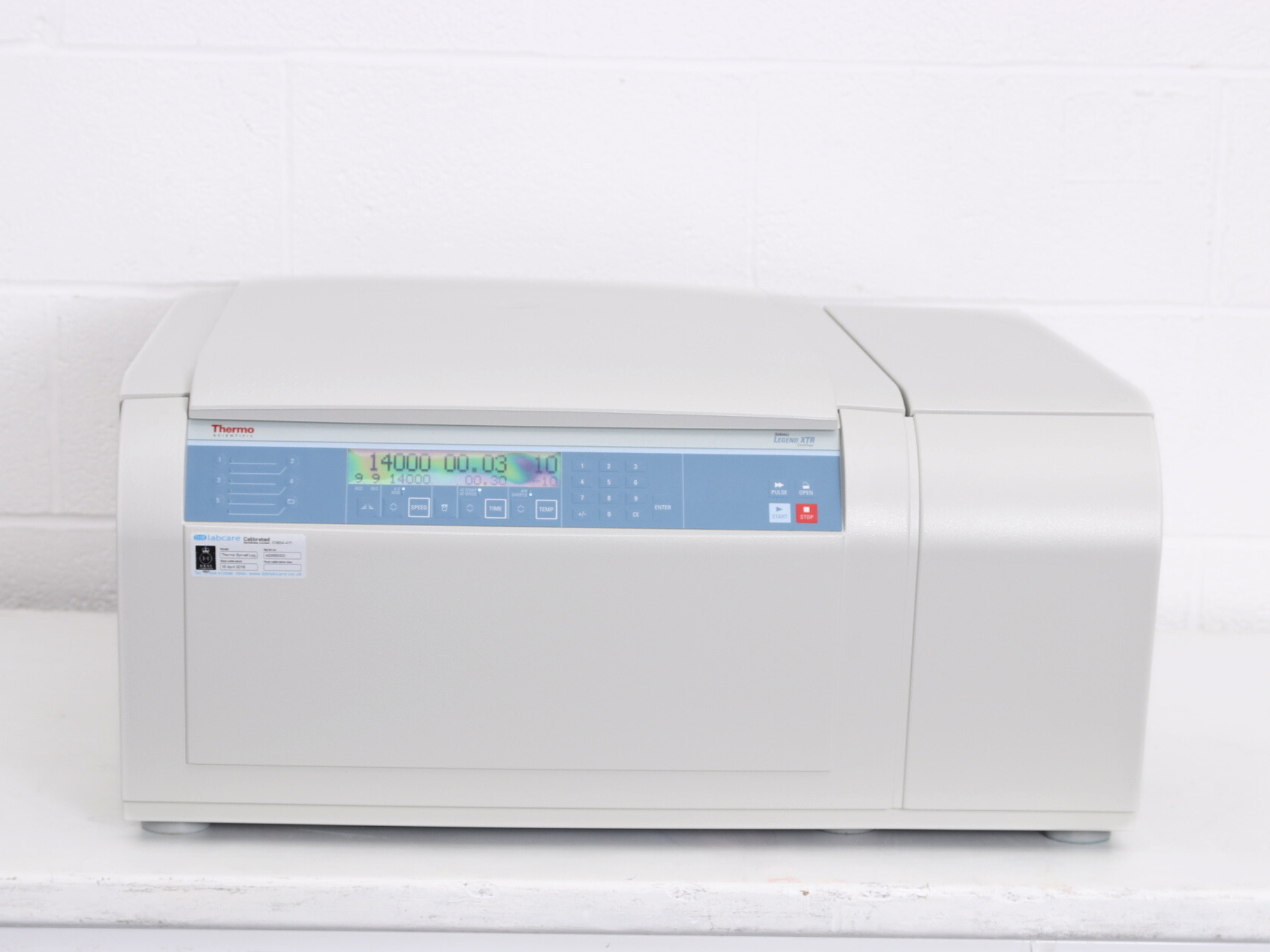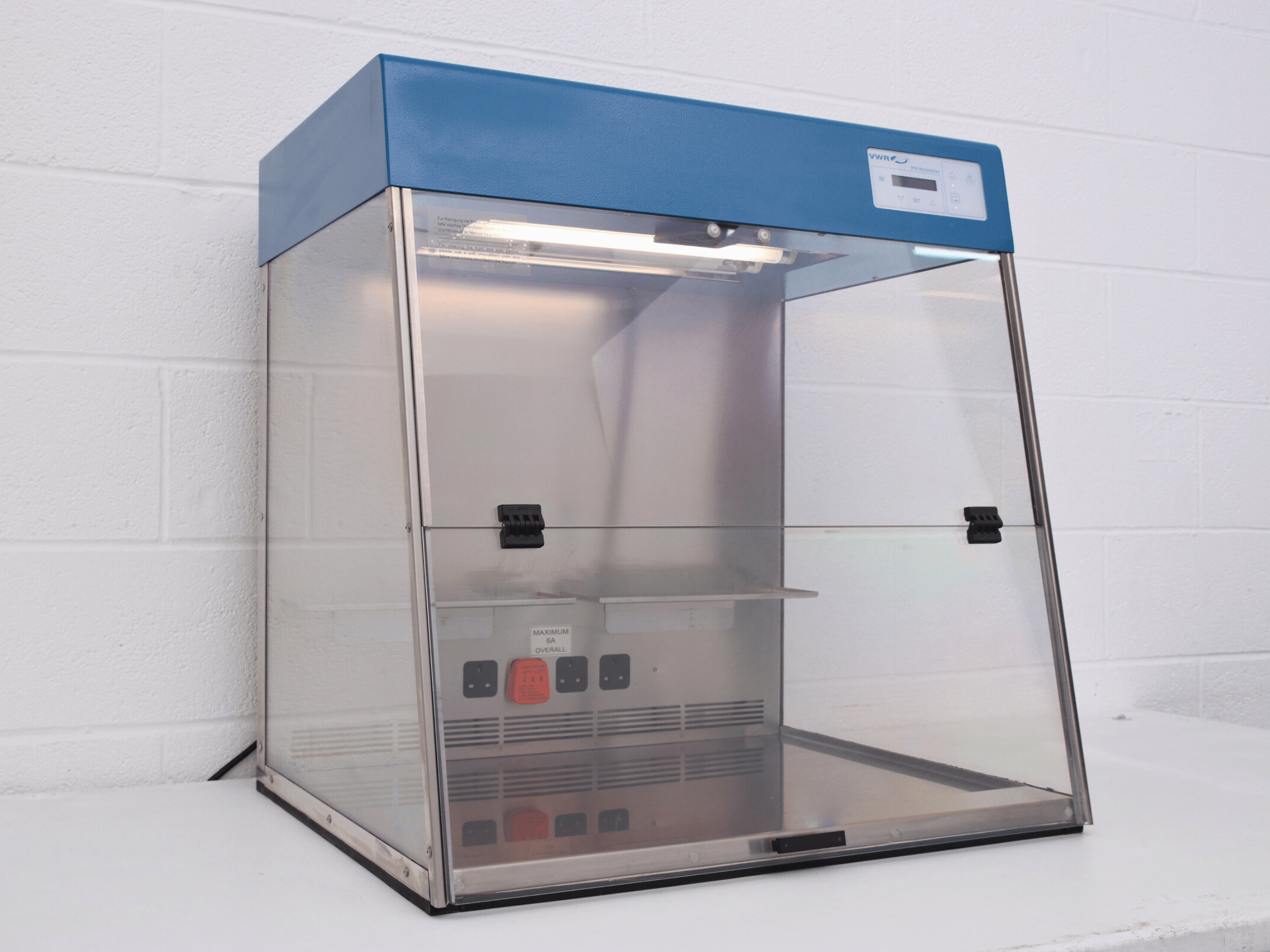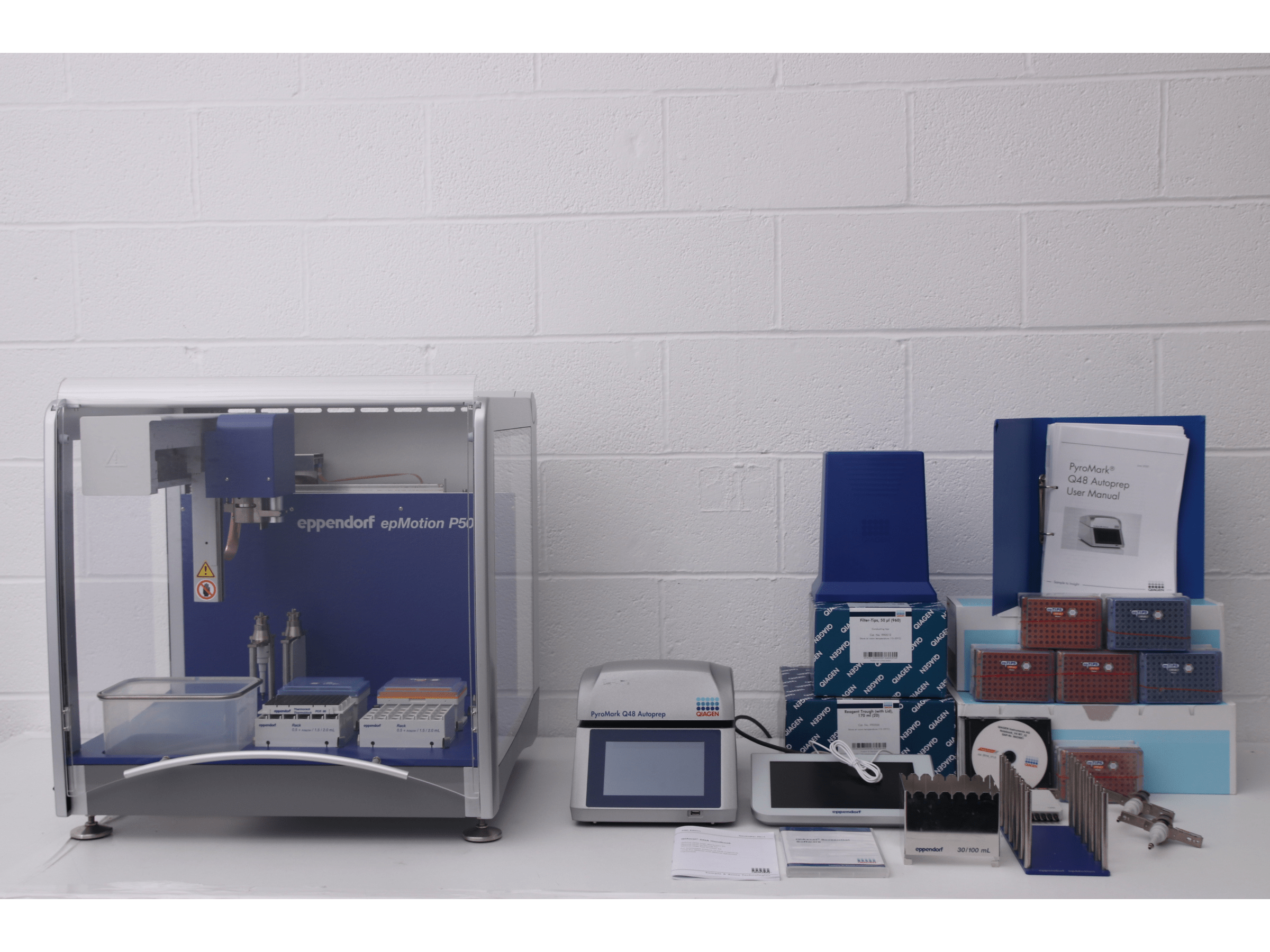UV-vis spectrophotometry is one of the most popular analytical methods, used by laboratories in a wide range of industries worldwide. Spectrophotometers are typically easy to use, giving results in a matter of seconds. They are increasingly sensitive, and often have built in functions for a wide range of analyses.
Ease of Use and Reliability
One of the foremost advantages of UV-Vis spectrophotometers is their user-friendly design, making them accessible even to those with minimal training. Instruments such as those from Techcomp, are engineered with intuitive interfaces that streamline operation, from sample preparation to data analysis. This ease of use translates into reduced training costs and quicker adoption by laboratory personnel, ensuring seamless integration into daily workflows. Built on robust technology, these instruments deliver consistent and reproducible results, crucial for both routine analyses and research applications.
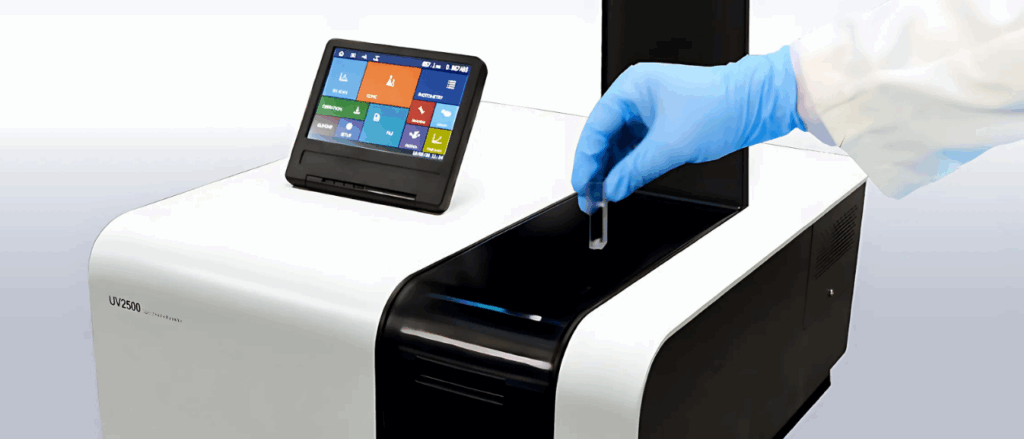
Cost-Effectiveness
Naturally, cost considerations play a pivotal role in laboratory instrument selection. UV-Vis spectrophotometers offer a compelling advantage with respect to both initial investment and operational expenses. Furthermore, the low maintenance requirements and durability of UV-Vis spectrophotometers contribute to their cost-effectiveness over their operational lifetime.
Breadth of Applications
Versatility is a key attribute of UV-Vis spectrophotometry, enabling its application across diverse scientific disciplines. These instruments are indispensable for quantitative analysis, allowing precise measurement of concentration through absorbance readings. Simultaneously, UV-Vis spectrophotometers support qualitative analysis by identifying substances based on their absorption spectra.
Accuracy and Quantitative Capability
The ability to achieve precise and accurate measurements is paramount in scientific research and industrial quality control. UV-Vis spectrophotometers excel in this regard, offering high sensitivity and resolution for detecting minute changes in absorbance. This capability is particularly valuable for quantifying analytes across various concentrations, from trace levels to saturation points.
Recommendations and Alternatives to UV-Vis
While spectrophotometry is certainly a versatile and widely applicable technique, specific analytical needs may warrant consideration of alternative methods. For instance, chromatographic techniques such as HPLC (High-Performance Liquid Chromatography) or GC (Gas Chromatography) offer superior resolution and specificity for complex mixtures. Mass spectrometry (MS) complements UV-Vis analysis by providing detailed structural information and detection of molecular ions. Depending on the analytical requirements, laboratories may benefit from integrating these techniques alongside UV-Vis spectrophotometry to broaden their analytical capabilities.
If you would like any guidance on the best analytical method for your laboratory, or the most suitable UV-vis instrument, please give the Richmond team a call on 01257 270433.
